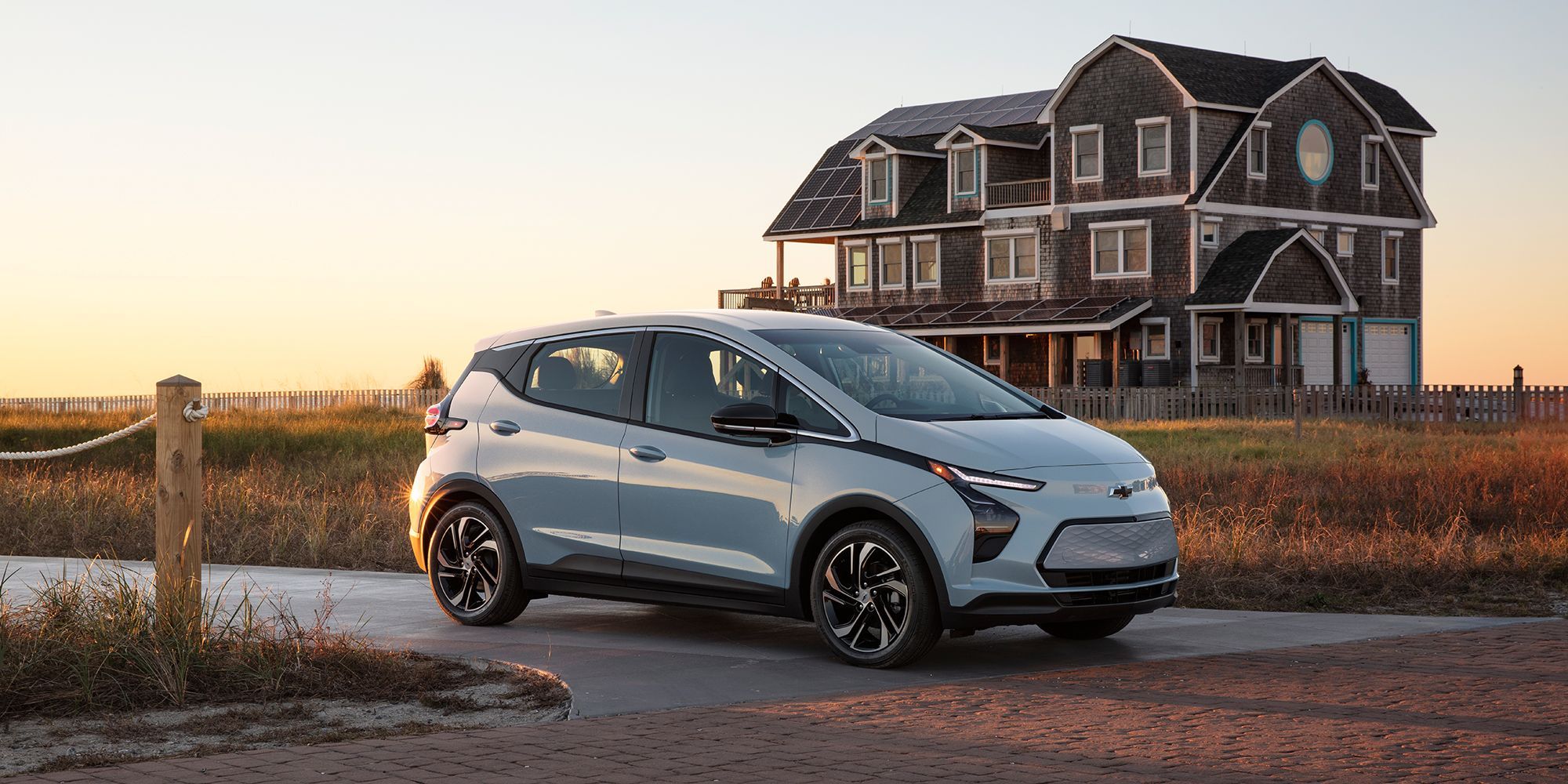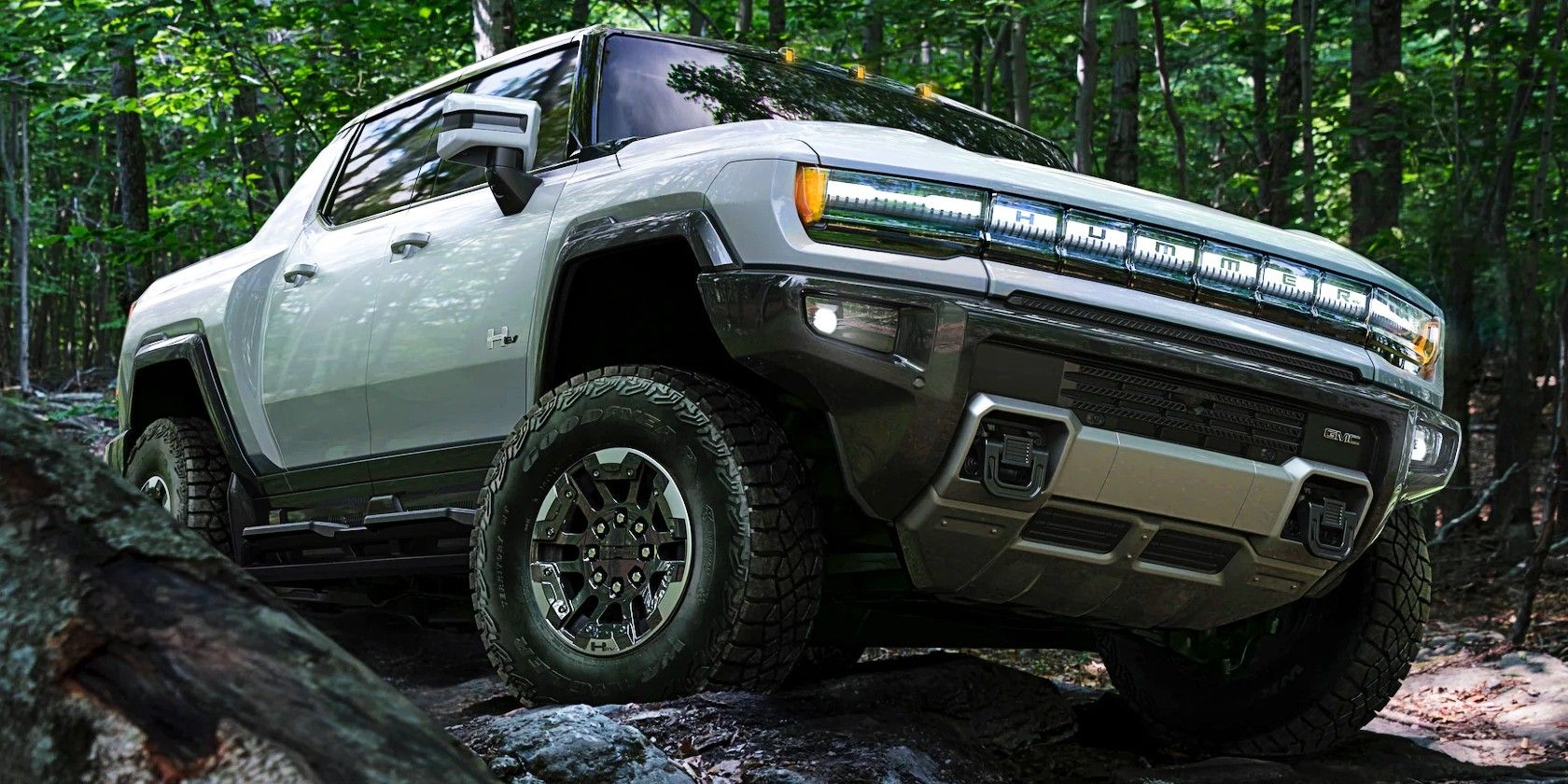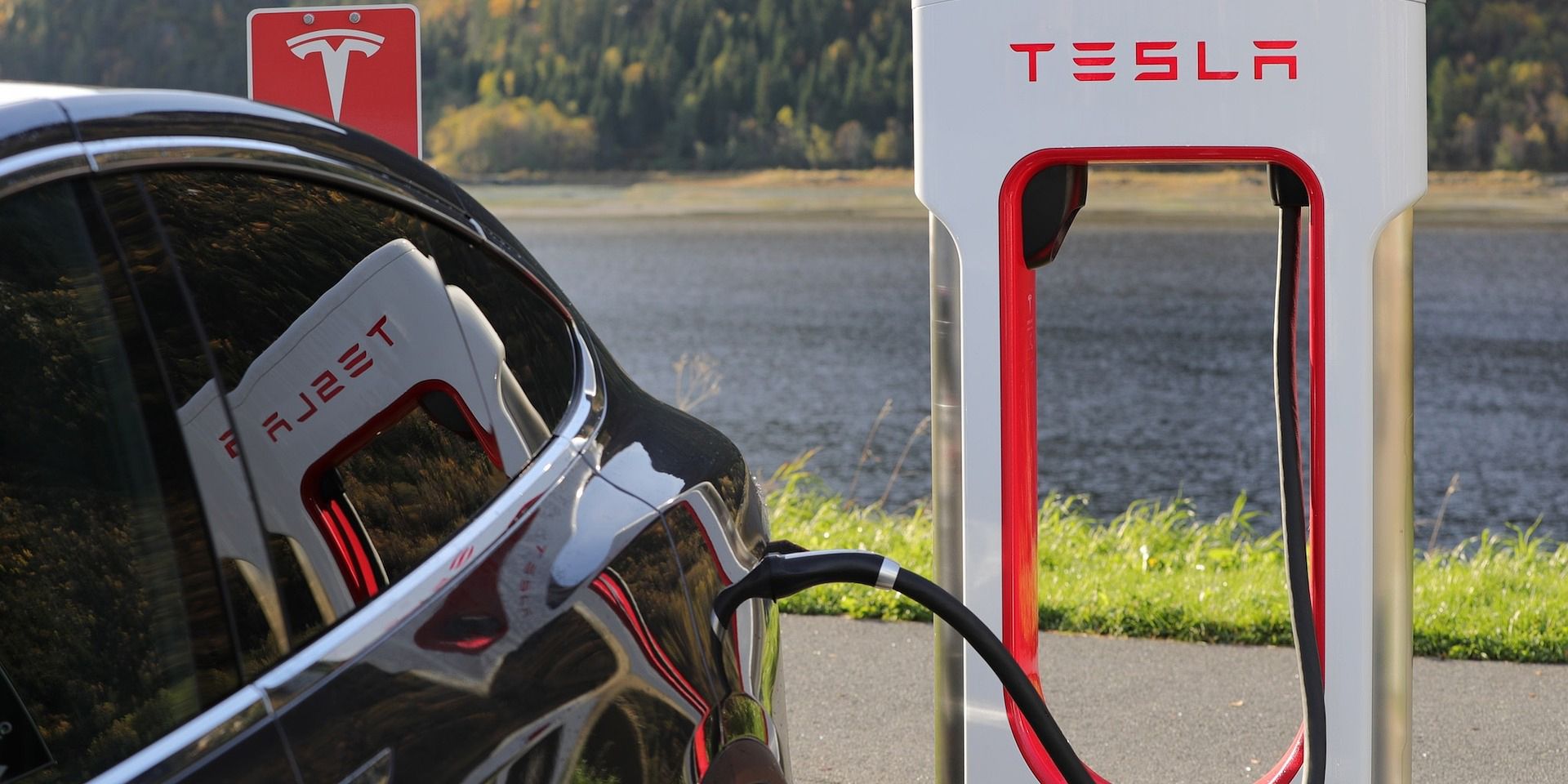Tesla has the biggest and best fast charger network in North America, the Supercharger network. Most of it is off-limits to non-Tesla EVs, although a handful of Supercharger stations have been opened up for other EVs.
All this is about to change after Ford made a deal with Tesla for its upcoming EVs to access Tesla Superchargers, and we predicted it could be a game-changer for the EV industry. After Ford’s announcement, like a domino effect, General Motors followed suit and announced that its EVs would also rely on the Tesla charging network.
How does this change the way you will charge your EVs in the future? Let’s dig deeper.
Tesla Supercharger Access Will Greatly Benefit GM and Ford
General Motors announced that its future EVs will be equipped with the Tesla NACS (North American Charging Standard) connector, which will make them natively compatible with some 12,000 Tesla Supercharger stations in North America by early 2024. Initially, GM electric vehicles will access Tesla’s Supercharger network through the use of adapters, but all of its upcoming EVs built after 2025 will come with NACS.
This is a similar move to Ford’s strategy to access the Tesla Supercharger, and just like the Blue Oval, GM also says its drivers will access and pay for Tesla Superchargers using a mobile app. However, GM hasn’t revealed if its customers will access the Tesla Superchargers at the same price as Tesla drivers.
How Does GM Following Ford’s Strategy Impact the EV Industry?
The Tesla Supercharger network has proven to be more reliable than any other EV charging network, and it’s one of the reasons why Tesla is outselling its competitors in North America. Rather than playing catch-up, GM and Ford have decided to team up with Tesla in order to give their customers the same easy and convenient EV charging experience.
Will this major move impact the EV industry? Well, for starters, GM, Ford, and Tesla sell around 70% of all-electric vehicles in North America. This means that other EV brands could be pressured by the market to join the alliance since most customers will prefer to buy an EV that uses the most reliable charging network.
With GM and Ford EVs crossing over to Tesla Superchargers, third-party charging networks will also be pressured to adopt Tesla’s NACS or risk losing customers. In fact, after GM announced that its EVs would gain access to the Tesla Supercharger network, EV charging service providers like Blink, EVgo, and ChargePoint have announced plans to embrace Tesla’s NACS. However, it remains to be seen if third-party charging networks that will adopt Tesla’s NACS will offer the same reliability experience as Tesla Superchargers.
Will Tesla’s NACS Become the EV Standard?
Now that GM has jumped on the bandwagon, it’s more likely that Tesla’s charging connector will eventually become the standard for EVs in the future. “I think we have a real opportunity here to really drive this to be the unified standard for North America, which I think will even enable more mass adoption,” General Motors’ CEO Mary Barra shared her thoughts on Twitter Spaces when she announced the partnership with Tesla.
However, Ford and GM EV drivers will still have the option to use CCS connectors after adopting Tesla’s NACS. Tesla also offers a CCS-to-NACS adapter that allows you to charge your EV outside the Supercharger network.
Besides that, the US federal government is funding a $7.5 billion EV charging infrastructure with CCS connectors. Tesla would still be eligible for government subsidies if it included CCS plugs in its Supercharger network. This means that even if Tesla’s NACS is favored by most customers, CCS connectors will still be around for a while since, even after 2025, there will still be a lot of new EVs sold with CCS.
Charge Your EV Will Be Much More Convenient
With Tesla opening up its charging infrastructure to Ford and GM, it will be more convenient to charge your EV if you’re not driving a Tesla. Hopefully, other EV automakers will follow Ford and GM’s lead and make it easier for their customers to fast-charge their EVs at any station in North America. Regardless of the outcome, the next few years will be interesting, with more EV models scheduled to be released.
#Impact #Industry




Comments